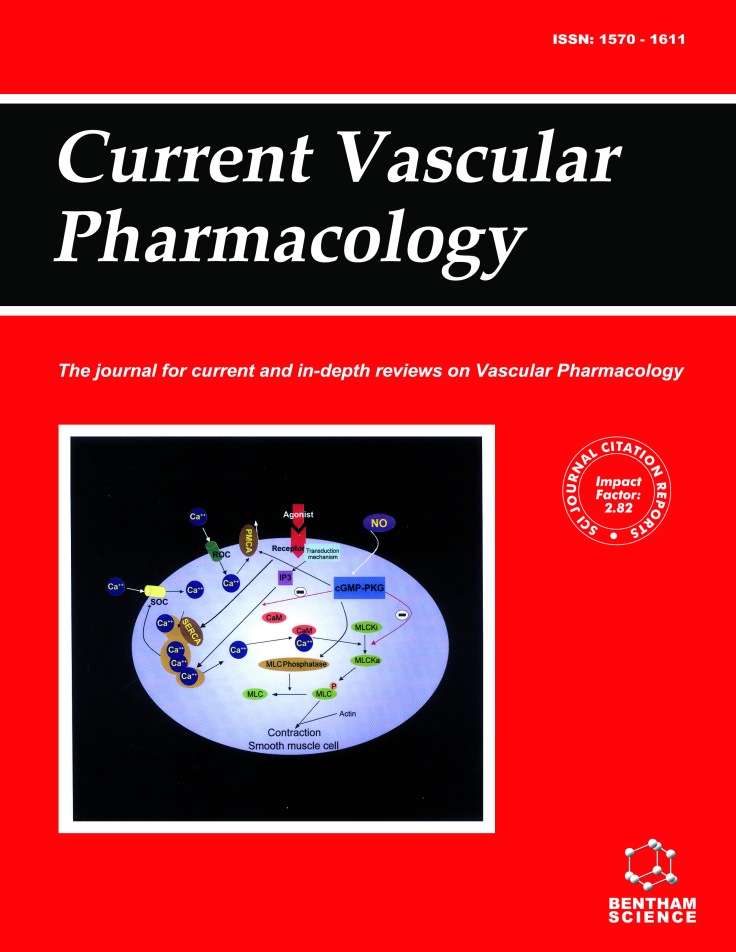CD8+ T-Cells: Function and Response to HIV Infection
Author(s):
Naveed Gulzar and Karen F.T. CopelandPages 23-37 (15)
Abstract:
CD8+ T-cells are a critical component of the cellular immune response and they play an important role in the control of viral infection. During HIV infection, CD8+ T-cells are able to recognize infected cells through an MHC-I dependent process and are able to lyse cells harboring viral infection by the secretion of perforin and granzymes. These cytotoxic T-lymphocytes (CTL) can also eliminate virally infected cells through the engagement of death-inducing ligands expressed by CD8+ T-cells with death receptors on the surface of the infected cell. In addition, CD8+ CTL secrete soluble factors such as β-chemokines and the CD8+ antiviral factor (CAF) that suppress viral binding and transcription, respectively. In order for HIV to survive the pressures placed upon it by the immune system, the virus has adopted numerous strategies to evade the CD8+ T-cell response. The high mutation rate of HIV has allowed the virus to escape CD8+ T-cell recognition in addition to its ability to down-regulate surface MHC-I expression from infected cells. Also, by altering the pattern of cytokine production and engagement of cellular receptors, HIV disrupts proper CD8+ T-cell signaling. The resultant improper T-cell receptor (TcR) stimulation creates an anergic state in these cells. By affecting the function of CD4+ T-cells and antigen presenting cells that are required for proper CD8+ T-cell maturation, HIV is able to decrease the circulating pool of effector and memory CD8+ T-cells that are able to combat viral infection. The end result is the aberration of CD8+ T-cell function.
Keywords:
hiv, t-cell, ctl, chemokine, cytokine
Affiliation:
Centre for Molecular Medicine, Ottawa Health Research Institute, 501 Smyth Road, Ottawa,Ontario, K1H 8L6, CANADA.
For More Information Please Visit Current HIV Research













